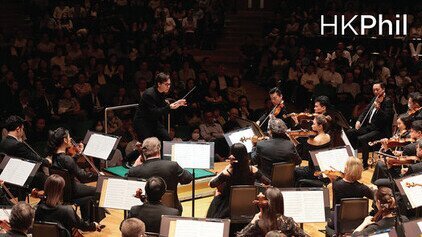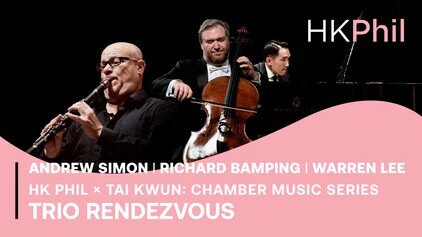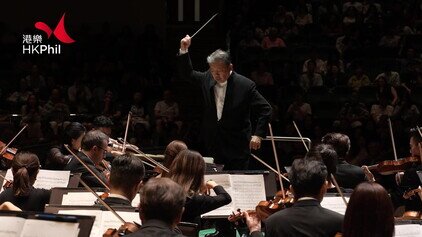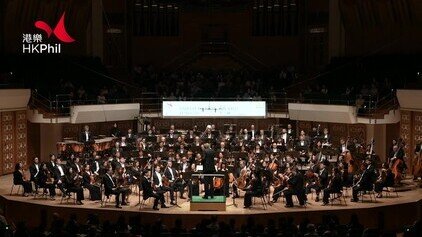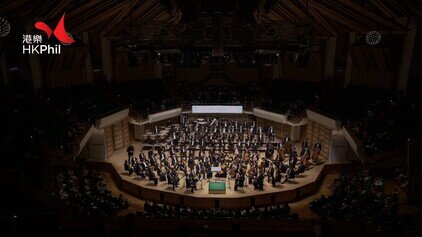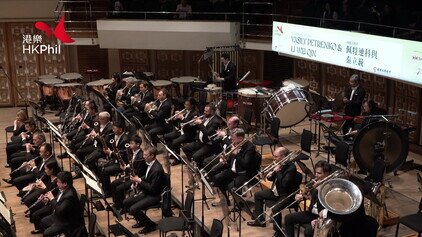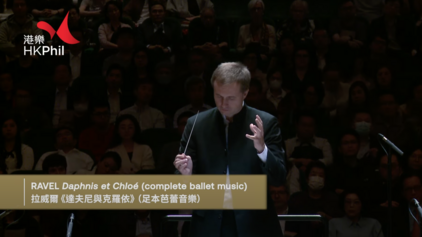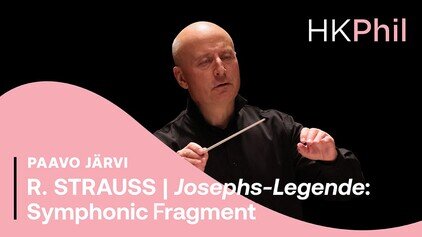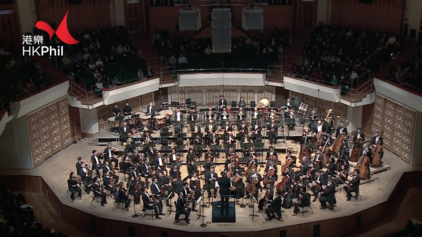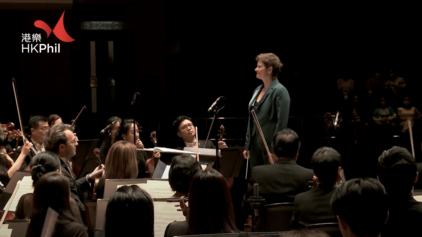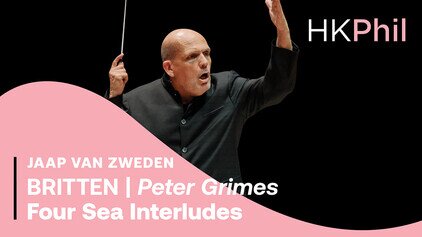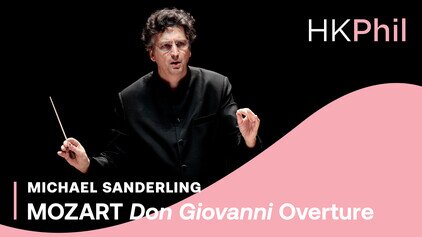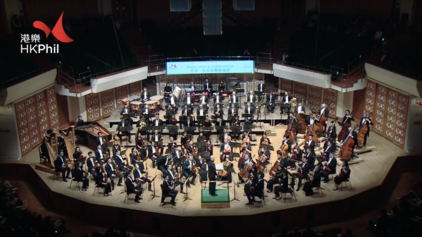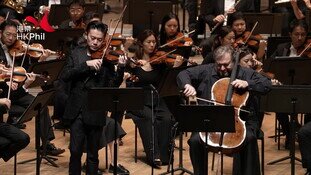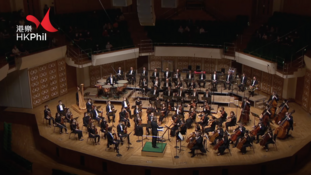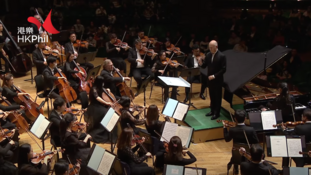SHOSTAKOVICH | Symphony no. 9
PROGRAMME
DMITRI SHOSTAKOVICH (1906-1975)
Symphony no. 9 in E flat, op. 70
- Allegro
- Moderato
- Presto
- Largo
- Allegretto
THE COMPOSER
Dmitri Shostakovich was encouraged in his musical endeavours by a supportive mother. At the age of 12 he was admitted to the piano class at the St Petersburg Conservatory and looked set to follow in his mother’s footsteps and become a professional pianist. He was selected to compete in the International Chopin Competition in Warsaw in 1927, but much to everyone’s surprise, he was not even placed. That disappointment effectively ended Shostakovich’s aspirations to become a concert pianist. He took up composition studies and submitted a symphony as his graduation exercise. So well was it received at its first public performance in 1926, that Shostakovich was persuaded that his musical future lay in composing rather than playing the piano.
THE BACKGROUND
Shostakovich went on to write 15 symphonies, but for many he was seen to be tempting fate by writing more than nine. Beethoven’s Ninth was one of the most monumental works ever written and few composers since had dared either to exceed that number or approach their own Ninths with anything less than some grand plan. While working on the symphony he let it be known that it was going to be something grand, commenting to a Moscow reporter that “I would like to employ not only full orchestra but a choir and soloists.” Some colleagues even heard Shostakovich's early drafts for the symphony's first movements, and described them as “a triumphal heroic major which surged with energy”. But in the event Shostakovich’s Ninth, premiered in St Petersburg (then Leningrad) on 3 November 1945, was both lightweight and light-hearted.
THE MUSIC
The first movement follows the model of Haydn to an extraordinary degree even down to the delicate, dancing theme with which it begins. Of course the abrupt harmonic twists and turns, not to mention the use of such un-Haydnesque instruments as trombones and piccolo in a jaunty duet, show it to be equally strongly influenced by Shostakovich’s renowned sense of musical humour. In a more serious vein a solo clarinet opens the second movement, the mood here is bleak and desolate. The next three movements run without a break, the third movement taking the form of a frantic chase led by the clarinet and including a dazzling trumpet solo above galloping strings. The fourth movement is heralded by a solemn figure from the trombones and tuba, followed by a heart-felt lament from the bassoon. But on its second appearance, the bassoon suddenly gives up its tragic lamentation to dance into the fifth movement with which, complete with quotations from two of his earlier symphonies and a delightfully catchy tune boisterously belted out by the full orchestra at the end, ensured the symphony received warm applause from its first audience, despite their shock with what it was not.
Programme notes by Dr Marc Rochester
ARTISTS
SUPPORT THE HK PHIL'S ONLINE PROGRAMMES
The Ambassador Fund allows the orchestra to produce various online programmes, keeping our connection with the communities. The HK Phil has released over 80 online programmes and garnered over 1.5 million views since the pandemic. Your donation supports production costs incurred and helps us share music!
All Performances
Other videos in this series







